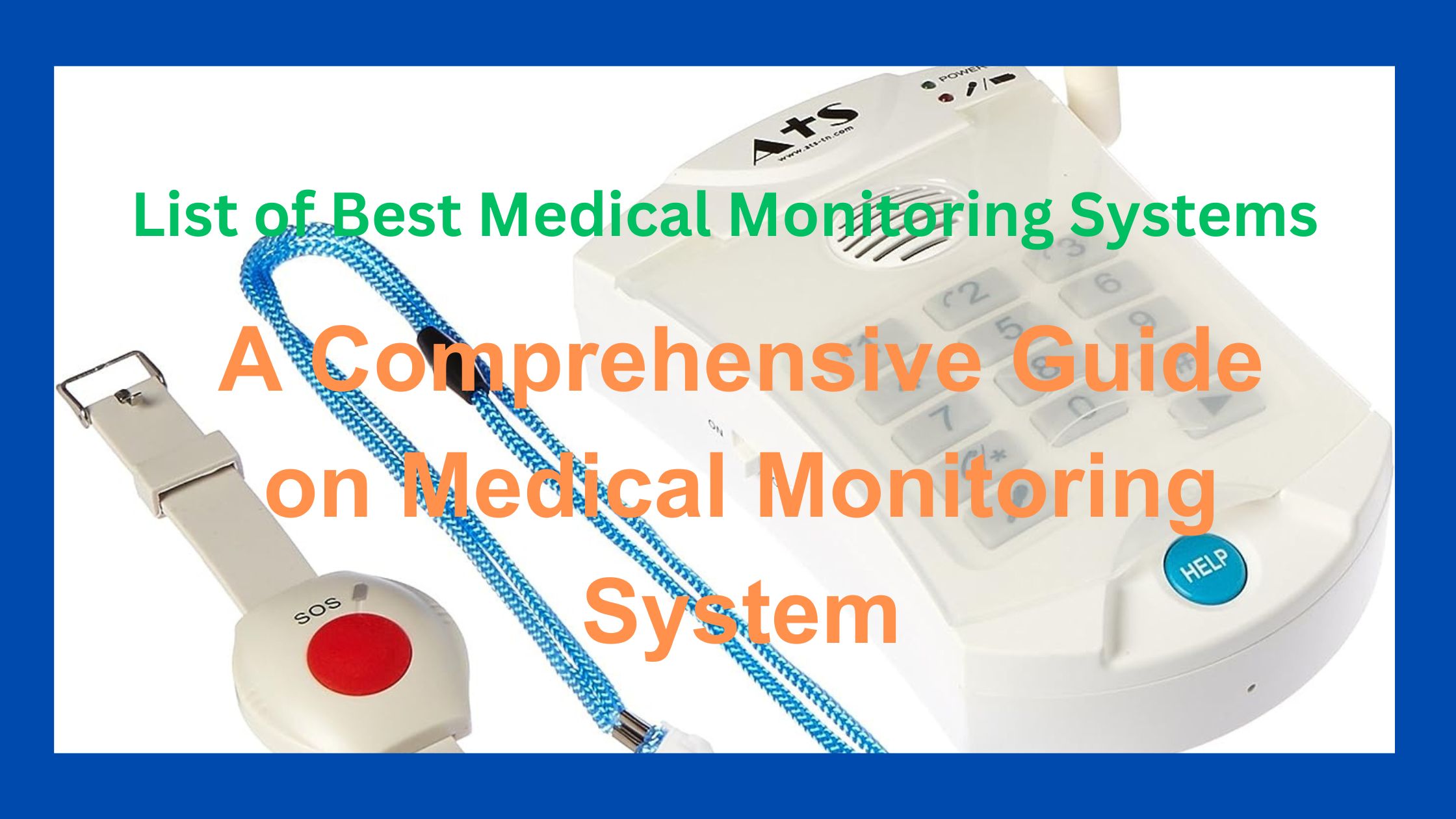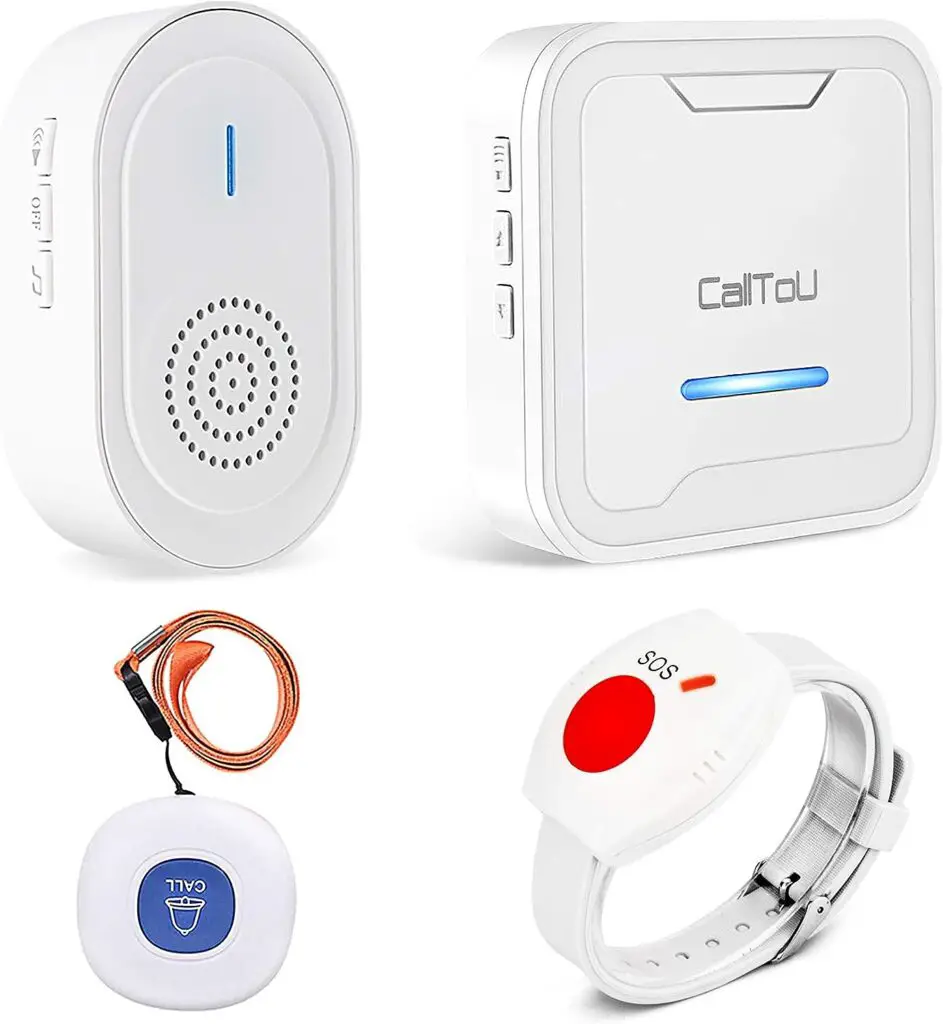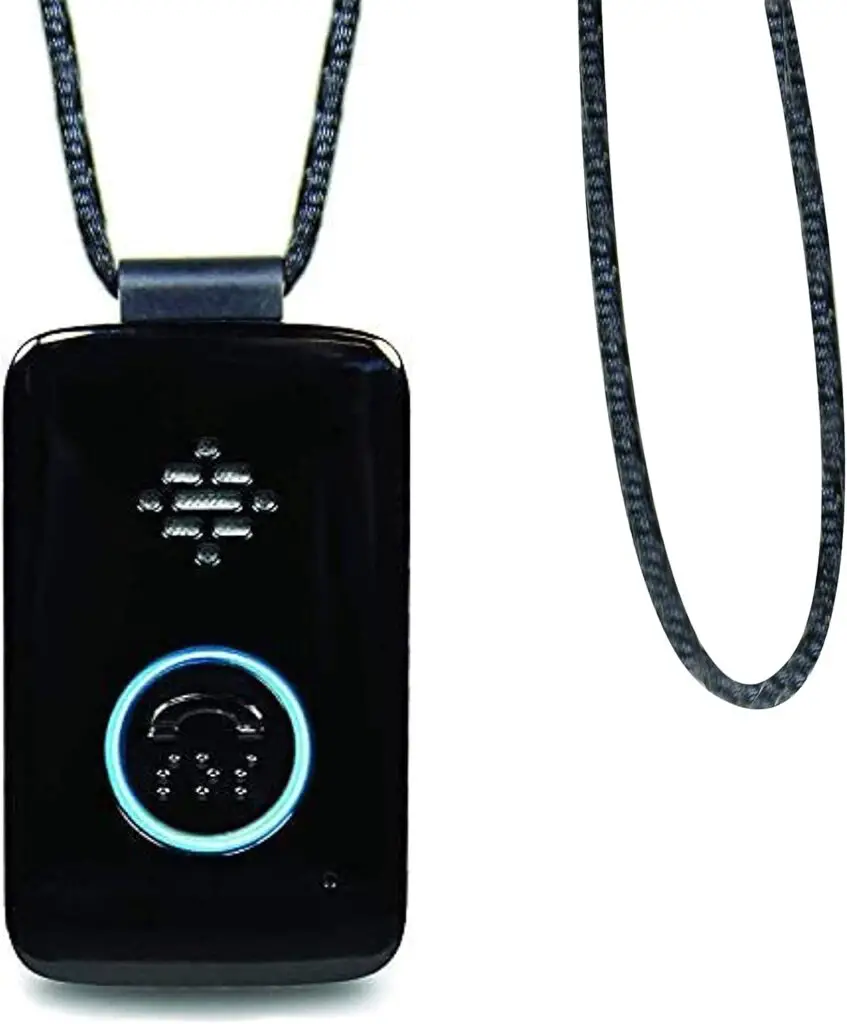In an era of advancing medical technology, medical monitoring services have become integral to modern healthcare. Whether you’re a patient seeking personalized care or a medical professional aiming to optimize treatment, understanding medical monitoring services is very helpful. This comprehensive article will go through everything you need, from the basics to advanced insights, providing expert knowledge and practical advice. So, let’s dive into the world of Exploring Medical Monitoring Services: A Comprehensive Guide.
What are Medical Monitoring Services?
Medical monitoring services refer to remotely tracking and managing a patient’s health data, allowing healthcare providers to monitor their condition in real-time. This innovative approach utilizes various devices and technologies to collect and transmit vital signs, medication adherence, and other relevant health information. The aim is to ensure timely intervention, accurate diagnoses, and personalized care without the need for frequent hospital visits.
Benefits of Medical Monitoring Services:
Medical monitoring services comes with many benefits catering to patients, caregivers, and medical professionals alike. Some key advantages include:
Enhanced Patient Convenience: Patients can maintain their regular routines while their health is continuously monitored, reducing disruptions in their daily lives.
Early Detection of Issues: Real-time data analysis enables the early detection of any changes in health parameters, allowing for prompt medical intervention.
Improved Patient Engagement: Patients become more involved in their healthcare, leading to better adherence to treatment plans.
Efficient Healthcare: Medical professionals can prioritize cases based on urgency and allocate resources effectively, leading to efficient healthcare delivery.
Cost Savings: By preventing complications and hospital readmissions, medical monitoring services contribute to overall cost savings in the healthcare system.
Exploring Types of Medical Monitoring Services:
There are multiple type of Medical monitoring services available, some of them mentioned below
Remote Patient Monitoring (RPM): This involves using wearable devices, sensors, and mobile apps to continuously monitor heart beat rate, blood pressure, and blood glucose levels, oxygen level etc.
Telehealth Services: Through virtual consultations, healthcare providers can assess patients’ conditions, discuss treatment plans, and offer medical advice remotely.
Smart Implants and Devices: Pacemakers and insulin pumps are equipped with sensors that transmit data to healthcare providers, ensuring optimal device performance and patient wellbeing.
Medication Adherence Monitoring: Smart pill dispensers and medication tracking apps help patients adhere to medication schedules, improving treatment outcomes.
Elderly Monitoring: Specialized systems track the activities of elderly individuals, ensuring their safety and wellbeing and alerting caregivers in emergencies.
Considerations When Choosing Medical Monitoring Services:
When opting for medical monitoring services, it’s important to consider factors to make an informed decision mentioned below:
Accuracy and Reliability: Choose devices and services with a proven track record of data collection and transmission accuracy.
Compatibility: Ensure the selected system integrates smoothly with existing healthcare technologies and electronic health records (HER).
Ease of Use: User-friendly interfaces and intuitive devices enhance patient compliance and satisfaction.
Data Security: Prioritize services by implementing robust encryption and security protocols to protect sensitive health information.
Types of Medical Monitoring Services
Medical monitoring services encompass a variety of innovative approaches that cater to diverse healthcare needs. Here, we’ll explore the different types and how they contribute to enhancing patient care and wellbeing:
1. Remote Patient Monitoring (RPM):
Remote Patient Monitoring (RPM) involves using cutting-edge wearable devices, sensors, and mobile applications to track a patient’s vital signs and health parameters continuously. This real-time data is transmitted to healthcare providers, allowing them to monitor patients’ conditions without frequent in-person visits. RPM is particularly valuable for chronic conditions like diabetes, hypertension, and cardiac issues.
2. Telehealth Services:
Telehealth services have revolutionized the way healthcare is delivered. Virtual consultations allow medical professionals to interact with patients remotely, discuss treatment plans, and provide medical advice. This type of medical monitoring accessibility is very helpfu, especially for patients in remote areas or those with mobility challenges.
3. Smart Implants and Devices:
Advancements in medical technology develop smart implants and devices. These include devices like pacemakers, insulin pumps, and even prosthetic limbs with sensors. These sensors gather data about the implant’s performance and the patient’s health, transmitting it to healthcare providers for analysis and adjustment.
4. Medication Adherence Monitoring:
For patients managing complex medication regimens, adherence is crucial. Medication adherence monitoring employs smart pill dispensers and mobile apps to remind patients to take their medications on time. These devices can also alert healthcare providers if a patient misses a dose, ensuring timely intervention.
5. Elderly Monitoring:
Elderly monitoring services cater to the needs of the aging population. Specialized systems employ sensors and wearable devices to track activities, such as movement and sleep patterns, of elderly individuals. These systems offer peace of mind to older people and their caregivers by providing insights into their wellbeing and alerting caregivers in emergencies.
6. Home Health Monitoring:
Home health monitoring services bring healthcare into the comfort of patients’ homes. Utilizing devices that measure vital signs and health parameters, healthcare providers can remotely monitor patients recovering from surgeries, managing chronic conditions, or undergoing post-discharge care.
How Medical Monitoring Works
Medical monitoring is a process used to track and assess the health and wellbeing of individuals over time. It involves continuous or periodic data collection related to various physiological parameters and health indicators. This data is then analysed to identify any changes or trends that might indicate a potential health issue or the effectiveness of medical intervention. Here’s how medical monitoring generally works:
- Data Collection: Different medical devices and sensors are used to collect relevant data from the monitored individual. These devices can vary based on the specific parameters being tracked. Some common examples include:
- Heart Rate Monitors: These devices measure the individual’s heart rate, rhythm, and variability.
- Blood Pressure Monitors: They track the individual’s blood pressure, an important indicator of cardiovascular health.
- Glucose Monitors: Used for individuals with diabetes to measure their blood sugar levels.
- Pulse Oximeters: These devices measure the oxygen saturation of the blood, which is important for respiratory health.
- Activity Trackers: Devices like fitness bands or smartwatches monitor physical activity, sleep patterns, and sometimes even heart rate.
2. Data Transmission: The collected data is transmitted wirelessly to a central monitoring system. This can be done through Bluetooth, Wi-Fi, or other communication technologies. The data is securely transmitted to a database or cloud storage for further analysis.
3. Data Analysis: Once the data is collected, it’s analysed using software and algorithms. The analysis can help identify the collected data’s patterns, trends, and anomalies. For instance, an irregular heart rhythm, a sudden spike in blood pressure, or a consistently elevated blood sugar level could be flagged for further attention.
- Alerts and Notifications: The system can generate alerts or notifications depending on the monitored parameters and the established thresholds. These alerts can be sent to healthcare professionals, caregivers, or the monitored individual. This allows for timely intervention if any concerning changes are detected.
5. Reporting and Visualization: The analysed data is often presented as charts, graphs, and reports. These visualizations make it easier for healthcare professionals to understand the individual’s health trends and make informed decisions about their care.
6. Remote Monitoring: Medical monitoring only sometimes requires the individual to be physically present at a healthcare facility. Remote monitoring allows individuals to be monitored from the comfort of their own homes. This type is especially useful for individuals with chronic conditions that require ongoing attention.
7. Telemedicine Integration: With the advancement of telemedicine, medical monitoring data can be integrated into virtual healthcare consultations. Healthcare providers can review the monitored data during video calls and adjust treatment plans accordingly.
8. Data Privacy and Security: Since medical data is sensitive and private, strict measures are taken to ensure its security. Encryption, secure communication protocols, and compliance with privacy regulations (such as HIPAA) are crucial to protect individuals’ health information.
Overall, medical monitoring plays a vital role in early detection of health issues, management of chronic conditions, and providing personalized care. It provides information to healthcare professionals to make informed decisions and empowers individuals to participate in their health management actively.
8 Best Medical Monitoring Services in the USA
- MobileHelp: Mobile Help is a healthcare technology company that combines the power of cellular and GPS technology to offer comprehensive medical monitoring services and precise location tracking. This innovative solution is designed to provide immediate emergency assistance to users and to offer caregivers the ability to receive notifications and keep track of the user’s whereabouts. The MobileHelp product offers customers the freedom to maintain their independence while enjoying peace of mind nationwide. Whether they are out shopping, playing golf, or engaging in various activities, MobileHelp ensures that help is just a button press away.
- Life Alert: Life Alert is a well-known medical monitoring service that offers emergency response systems for seniors and individuals with medical conditions. Users wear a pendant or wristband with a help button that, when pressed, connects them to a 24/7 monitoring center. The trained operators can dispatch emergency services, notify family members, or provide assistance based on the situation.
- Medical Guardian: Medical Guardian provides a range of medical alert systems with options for at-home and on-the-go monitoring. Their devices come equipped with GPS technology for precise location tracking, fall detection sensors, and two-way communication with their monitoring center. This service is particularly beneficial for seniors who want to maintain their independence while having access to immediate help.
- Philips Lifeline: Philips Lifeline is another reputable medical monitoring service that offers various options, including in-home and mobile alert systems. They provide a pendant or wristband with a help button that can be pressed to connect the user to a response center. Their solutions include fall detection technology and medication dispensers to enhance safety and wellbeing.
- Freedom Med Alert offers a cutting-edge mobile medical alert system designed to provide enhanced safety and security for individuals seeking independence. With this advanced solution, users can confidently engage in daily activities, knowing that help is readily accessible. The mobile medical alert system features a compact device with built-in GPS technology, ensuring accurate location tracking in emergencies.
- Platinum Health Thriive Medical Alert System – A comprehensive solution tailored to prioritize your safety and wellbeing. This state-of-the-art medical alert system is meticulously designed to empower you to lead an active and independent lifestyle while ensuring immediate assistance whenever needed. The Thriive Medical Alert System by Platinum Health centers around a sleek and intuitive device that you can wear comfortably. Equipped with cutting-edge technology, this device is your constant companion, providing constant reassurance and support.
- The LogicMark Freedom Alert is a personal emergency response system designed to provide assistance to individuals in need of help, particularly seniors and those with medical conditions or mobility limitations. This device allows users to connect with family members, caregivers, or emergency responders at the press of a button.
- MedHill– The company specializes in designing health and safety technologies that cater to individuals’ needs, whether at home or traveling. These technologies are aimed at enhancing patient well-being and security. One of the key offerings is the Personal Emergency Response System, which is particularly useful for those at risk alone at home or while on the move. With the simple push of a button, individuals can quickly connect to Medihill’s live operators, who are available 24 hours a day. This immediate access to assistance ensures that help is just a call away whenever needed. Medihill’s commitment to innovation and dedication to delivering peace of mind make it a reliable and valuable resource for individuals and their caregivers.
Researching and comparing these services based on your specific needs and preferences is important to determine which one aligns best with your requirements and lifestyle.
FAQs about Medical Monitoring Services:
Ans. Remote patient monitoring involves wearable devices and sensors that collect health data. This data is then transmitted to healthcare providers via secure platforms, allowing them to monitor patients’ health remotely.
Ans. No, medical monitoring services are beneficial for various healthcare scenarios, including postoperative care, managing acute conditions, and keeping track of general health.
Ans. By providing real-time data to healthcare providers, medical monitoring enables early detection of health changes, leading to timely interventions and improved patient outcomes.
Ans. Telehealth complements medical monitoring by allowing healthcare providers to conduct virtual consultations, review data, and adjust treatment plans without patients needing to visit a healthcare facility.
Ans. Many insurance plans now cover remote patient monitoring and other medical monitoring services, especially for chronic conditions where regular monitoring is necessary.
Ans. Yes, most medical monitoring services provide patients access to their health data through secure online platforms or mobile apps.
Last Words:
In this comprehensive guide, we’ve delved into the world of medical monitoring services. From the benefits they offer to the various types available, you’re now equipped with the knowledge to explore this innovative approach to healthcare. Whether you’re a patient seeking convenience or a medical professional aiming to enhance patient care, medical monitoring services open up possibilities. By embracing the power of technology and personalized health tracking, you can take charge of your wellbeing like never before.
Related Articles:
Exercise and The Best Diet for Type 2 Diabetes
Exploring the World of Yerba Mate Flavors




